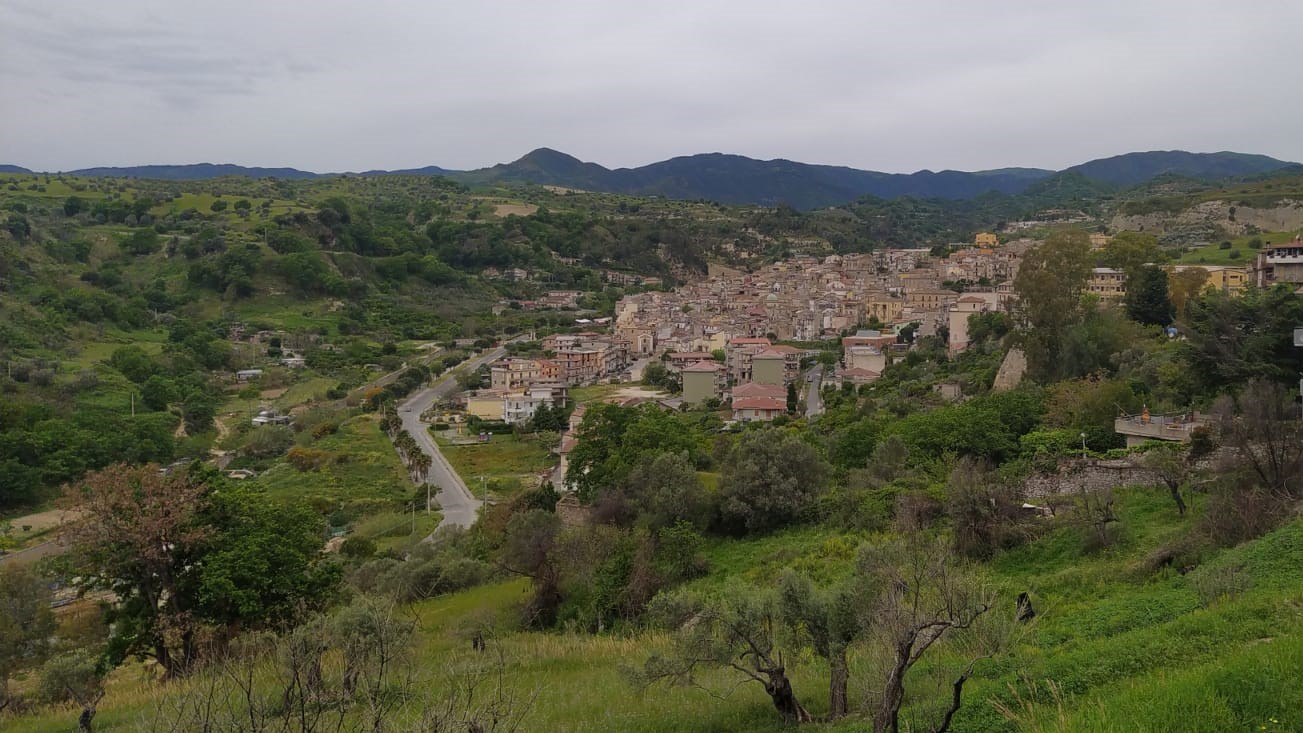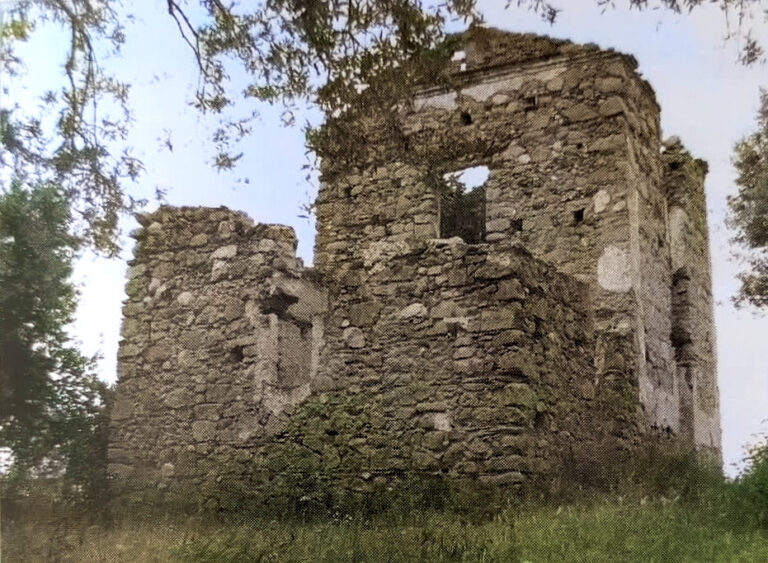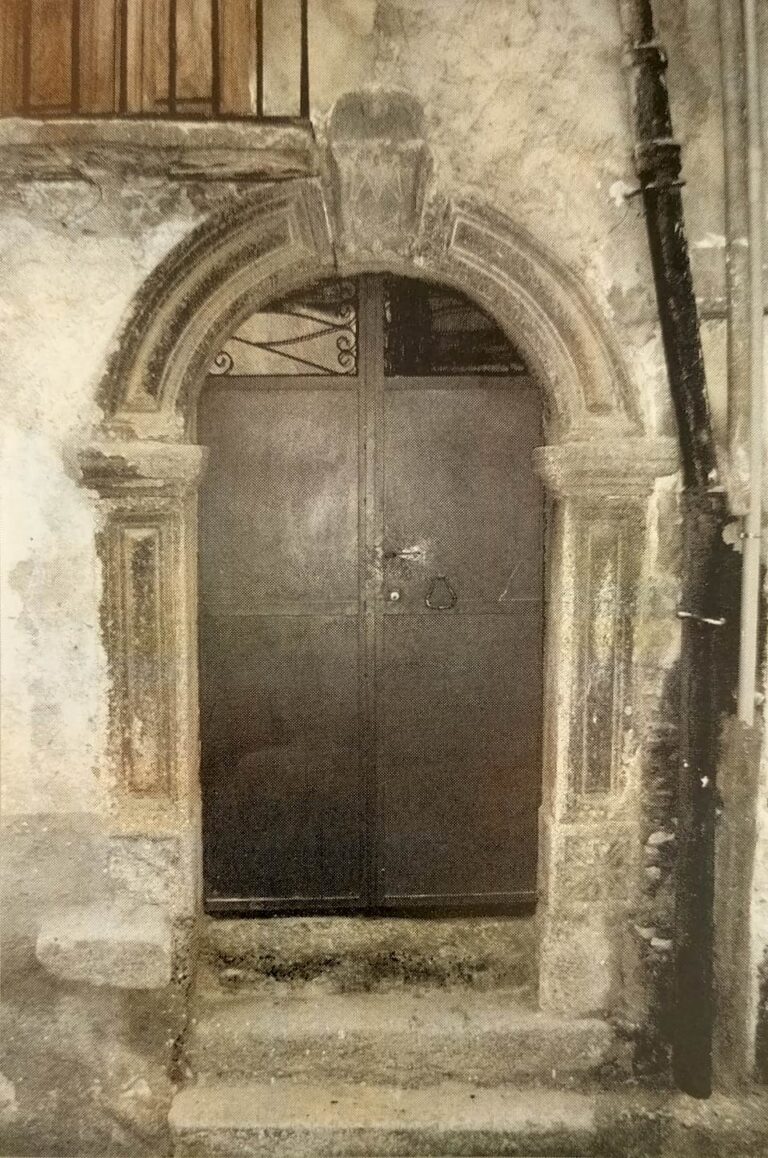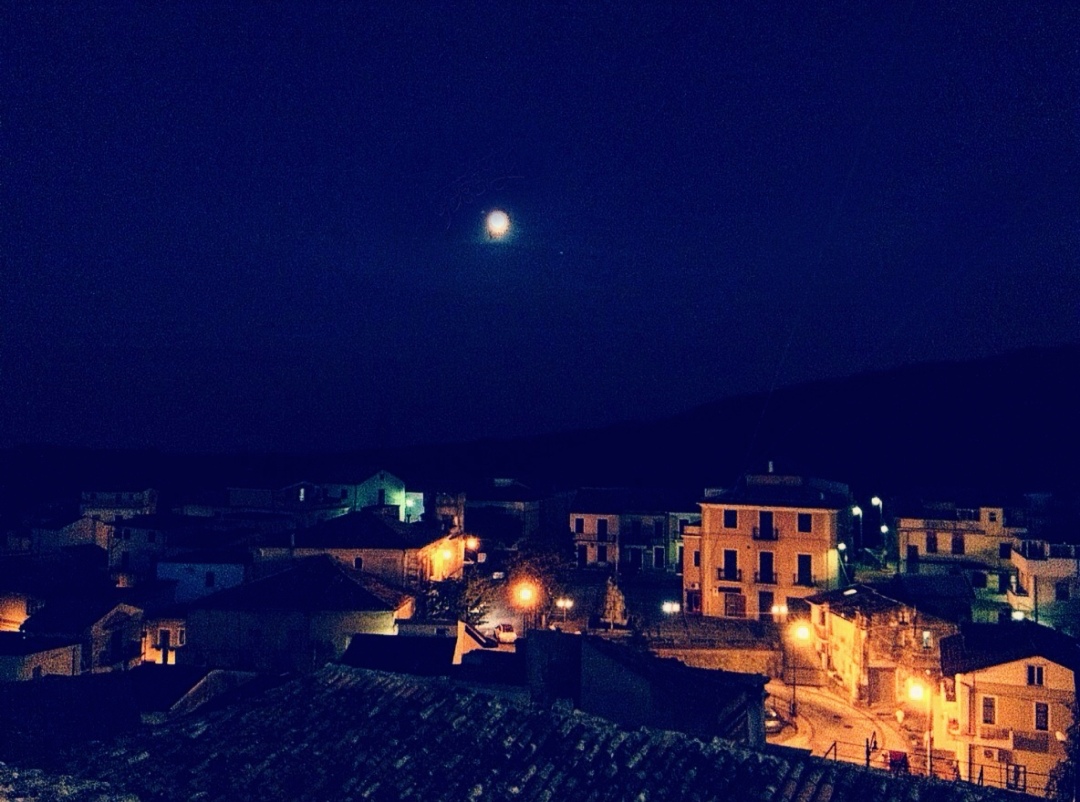
By Francesca Politi - JUMP Team
By the 6th century B.C. in the south of Italy the Byzantines had come into power. Under their rule, Calabria and towns such as Stilo and Rossano achieved great wealth and status; still today, these two villages retain much of their Byzantine heritage seen best in their churches–Stilo’s La Cattolica and Rossano’s San Marco Evangelista.
Around 800 A.D., Saracens began invading the shores of Calabria, attempting to wrest control of the area from the Byzantines. The people of Calabria retreated into the mountains for safety. The first inhabitants of Guardavalle are thought to have been citizens natives of Stilo that for their own protection decided to move in the surrounding valleys. In so doing a district made of six villages was born that included those little towns still called Guardavalle, Pazzano, Stignano, Riace and Camini.
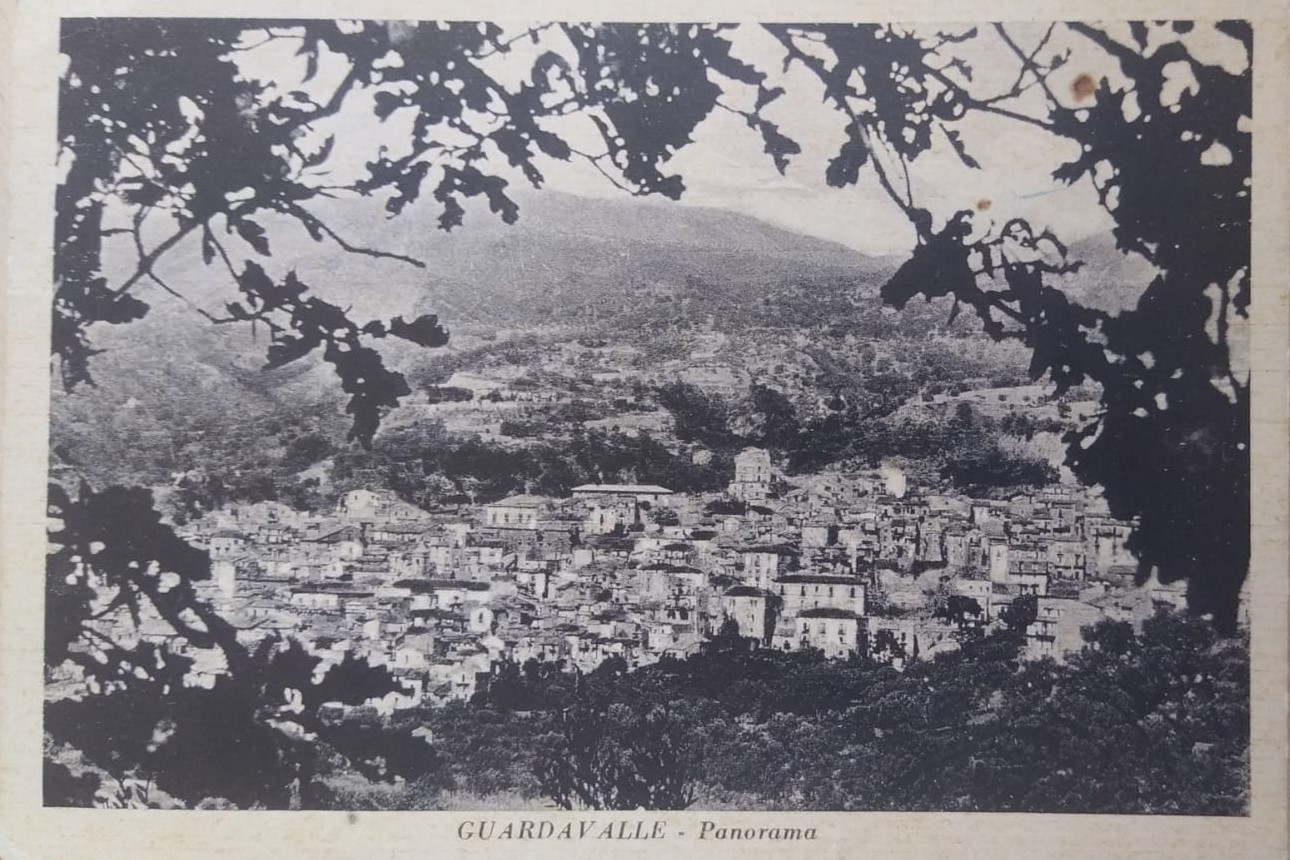
A latin expression states «conveniunt rebus saepe nomina suis», meaning that there is often a link between names and the things they name. In the case of this village its name was inspired by its territorial conformation: a small valley nowhere to be seen except by entering the territory in which it is strategically hidden. Guardavalle boasted an enviable position suitable for providing shelter from sudden seaward attacks. The constant threat from the sea forced the citizens to build watchtowers dotted along the coastline, remnants of which still survive, from which they could give the alarm at the approach of the assailants. These constructions gave the name “the twelve towers village”. These structures date back to the period between 1555 and 1569 when the area came under attack by Saracens. Most of the towers became ruins over time; one of the causes was the earthquake that took place in 1783. Others were used as habitation allowing their partial conservation, albeit in different forms.
Situated within its historical center, towers alternate with the porticoes of the noble houses, remembering the families who instigated their constructions. The citizens took refuge inside preparing for defense. In the event of danger, alarm signals needed to be communicated: during the day great smoke while at night big fires followed by the ringing of the bells warned the population.

